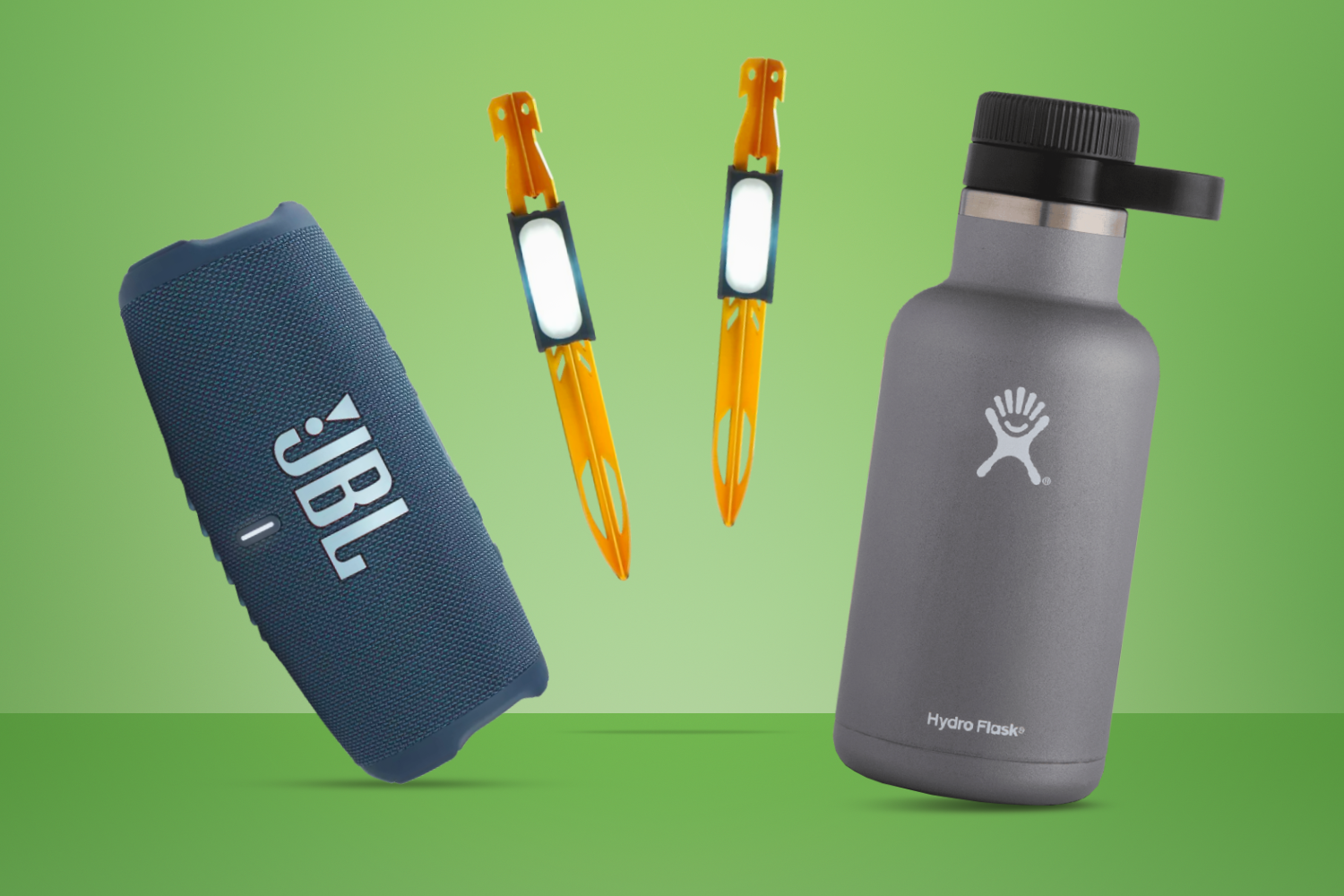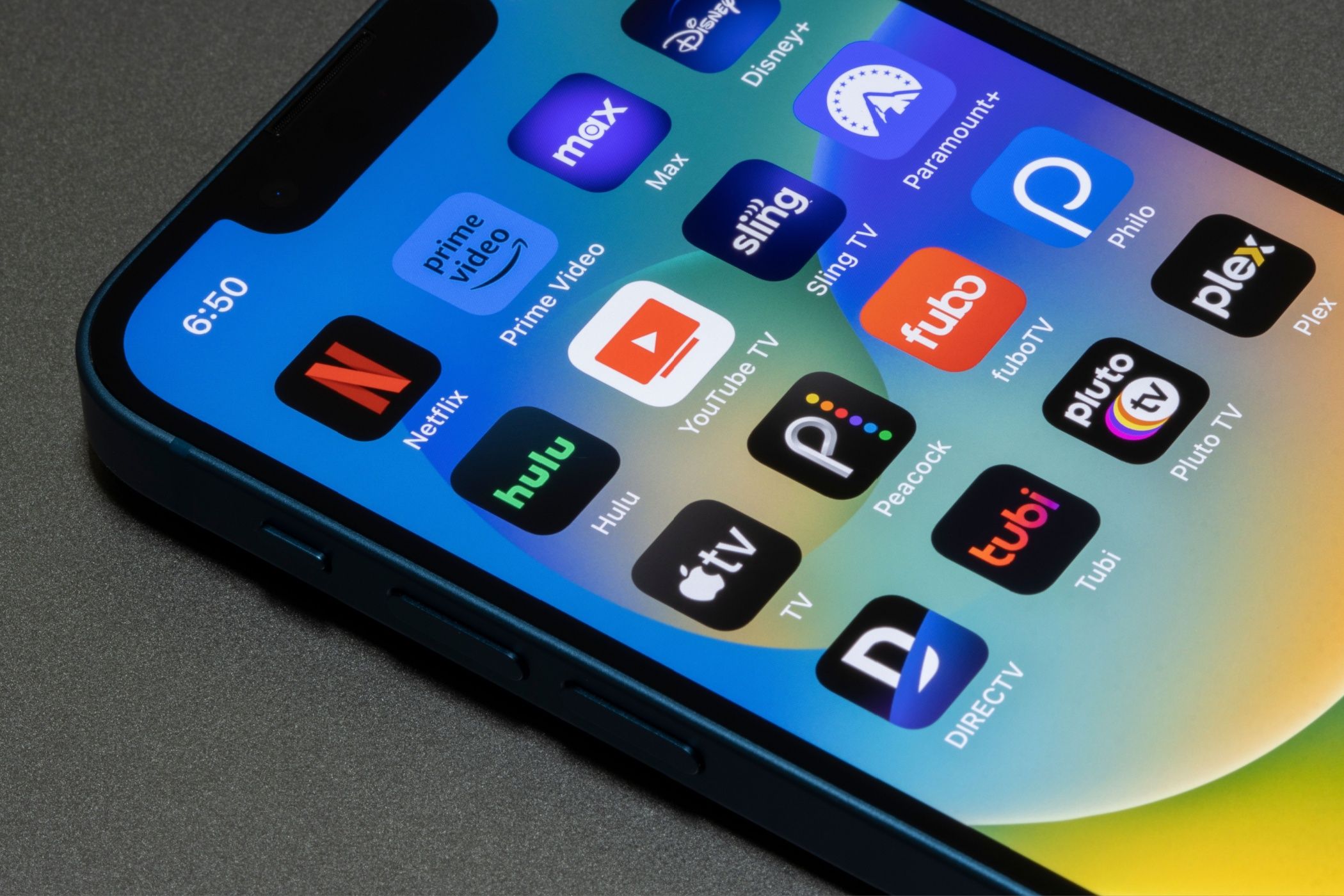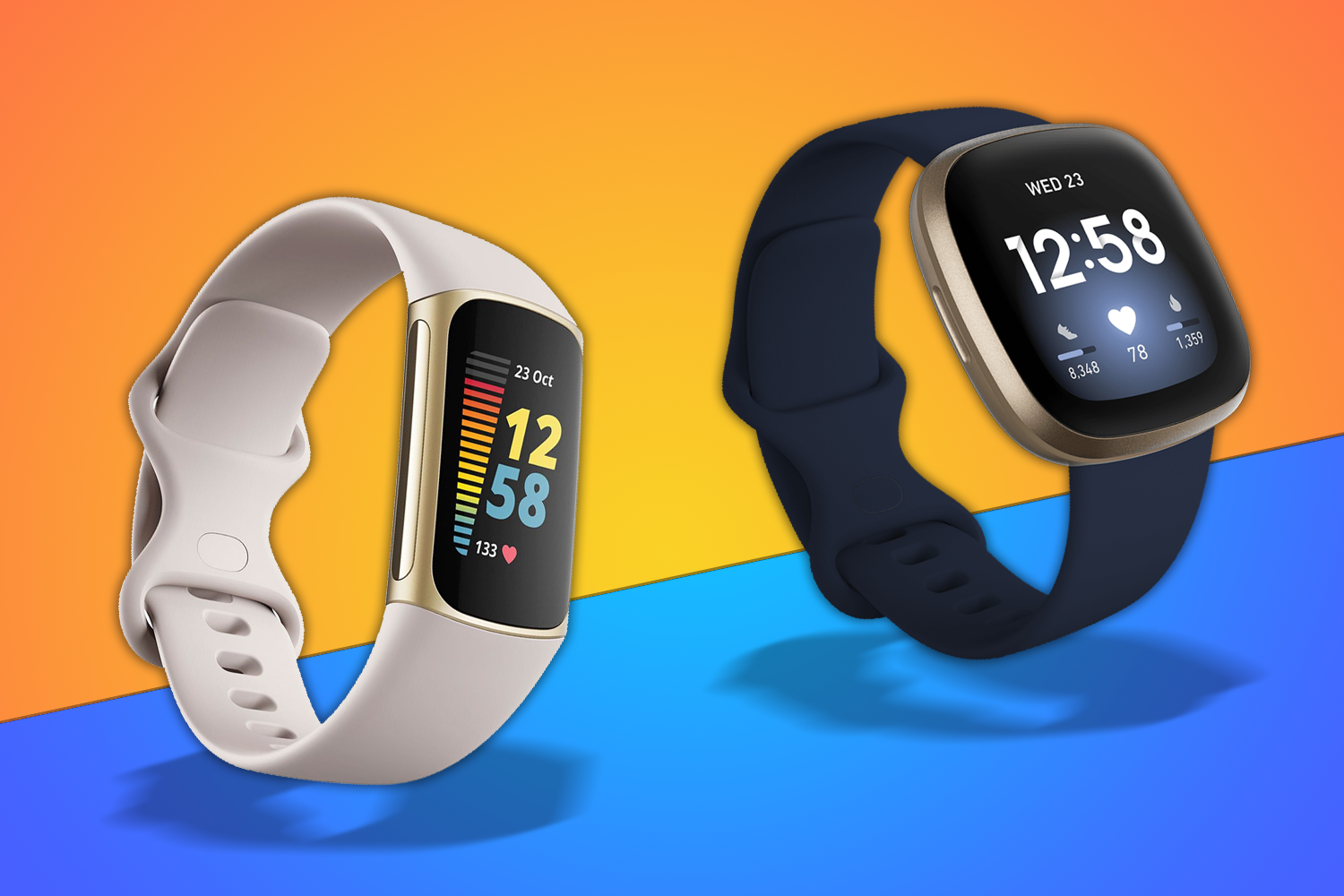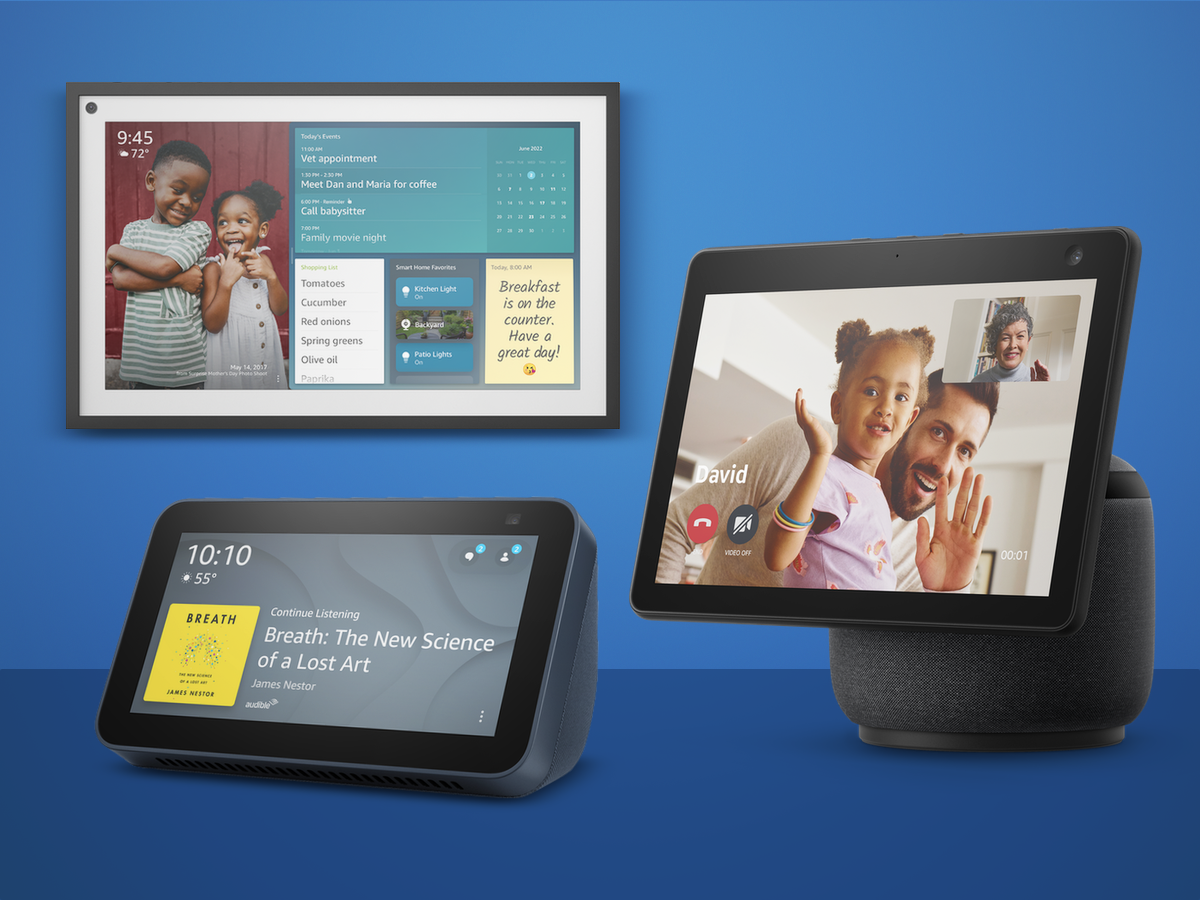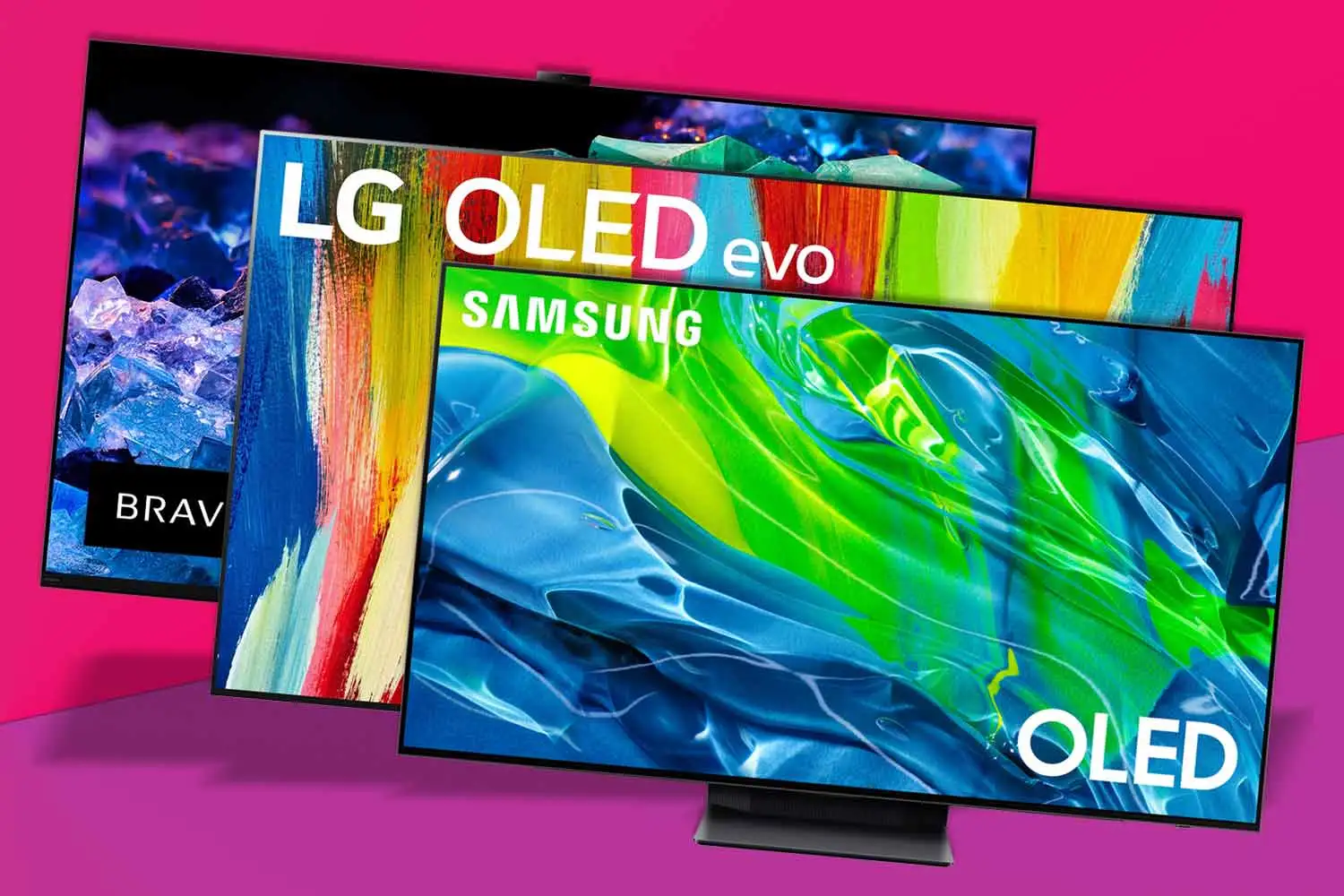Blink and you’ll have missed it, but laptop processors have been multiplying faster than Gremlins at a 1am all-you-can-eat buffet. What used to be a slugfest between Intel and AMD became a three-way contest once Qualcomm came out swinging, and Microsoft is goading on all three with its Copilot+ program.
New silicon from all three chipmakers meant this year’s IFA show was overflowing with ultraportables. Lenovo launched 10 new models; Asus, Acer, Dell and MSI weren’t far behind. Admittedly these were pretty much all mild refreshes of existing systems, rather than all-new designs, but I still can’t remember there ever being as much choice when picking a thin and light Windows notebook. So where on earth do you start if you’re shopping for a new system?
To the casual observer, the number of chips to choose between looks like word soup. Forget i3/i5/i7 – now we have Core Ultra 5, 7 and 9. AMD’s latest Ryzen chips even have ‘AI’ in the title now, in case you forgot the tech industry’s new favourite plaything. The Snapdragon X Elite line-up sounds like it stepped off the set of a Star Wars movie. The X1E-84-100 sounds like it could beat up C3PO any day, but good luck working out if it’s an 8-core, 10-core or 12-core model.
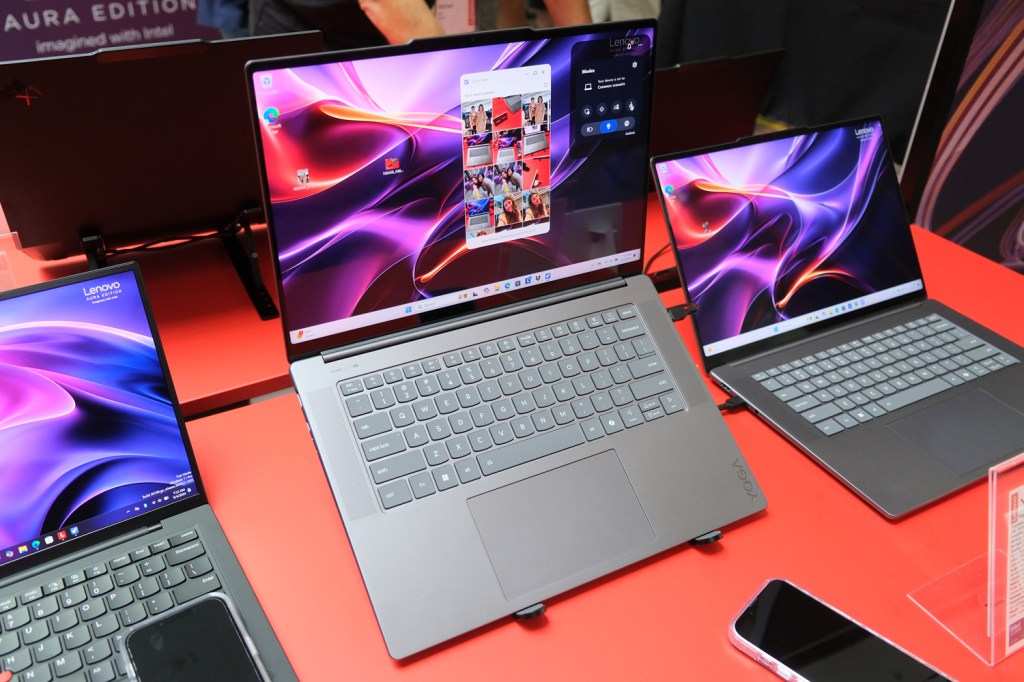
Don’t forget that not all Copilot+ PCs are built equal, either. Half the features found on the Snapdragon-powered laptop line-up have yet to appear on the Intel and AMD models.
They’re due in several months, but when they eventually arrive, we’ll still be talking AI small fry. Seriously, where are the AI tools that’ll actually make my life better, not just blur the background on my video calls or generate cute pics of cats from text prompts?
As someone who makes a living from decoding device codenames and simplifying spec sheets, I could argue this complexity is a good thing. Lost laptop shoppers will be even quicker to turn to sites like Stuff, YouTube and their favourite tech influencers for a nudge toward the system that’ll serve them best.
And this is, after all, just one part of the laptop world: gamer-grade desktop replacements and value-minded models are still a two-horse race, and the former sees benchmark scores rule supreme.
But I can’t help but think all this noise is making Apple’s far simpler MacBook range look all the more appealing. Air or Pro; M3, M3 Pro or M3 Max; the same software features no matter which model you go for. Apple might be slow to board the AI train, but that won’t matter if the Windows alternative is too confusing for customers to get properly excited about.

